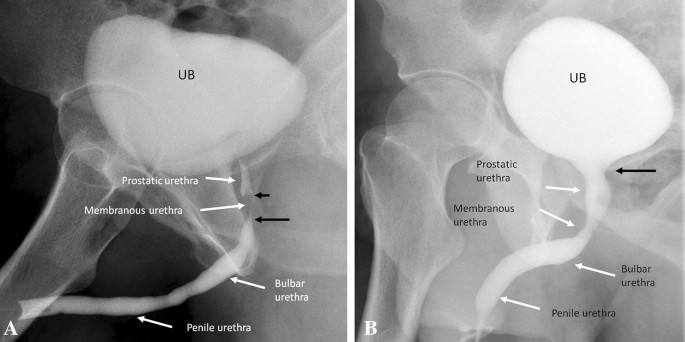Urethral discharge is a common symptom in men that can be caused by several infections, usually passed through sexual contact. It refers to the appearance of mucus or pus at the tip of the penis, sometimes accompanied by burning or pain during urination. While it may be uncomfortable and worrying, timely medical care can effectively treat the condition and prevent complications.
If you notice unusual discharge, pain while passing urine, or any related symptoms, you can get personalised advice from licensed doctors through Hope Plus. This service provides timely guidance, helping you receive appropriate treatment and prevent transmission to partners.
Causes of Urethral Discharge
Urethral discharge can be caused by several infections, including:
- Common causes:
- Neisseria gonorrhoeae, which causes gonorrhoea.
- Chlamydia trachomatis and Ureaplasma urealyticum.
- Less common causes:
- Trichomonas vaginalis.
These infections can produce very similar symptoms, so a clinical evaluation is essential to guide proper treatment.
Symptoms to Watch For
Typical signs of urethral discharge include:
- A sticky or pus-like fluid from the tip of the penis, which may stain underwear.
- Burning, stinging, or pain when urinating.
- Frequent urges to urinate.
Men may sometimes notice the discharge more clearly in the morning.
Diagnosis and Investigation
Healthcare providers use a combination of history-taking, physical examination, and laboratory tests to confirm the infection:
- Physical examination: Checking the tip of the penis, retracting the foreskin, and examining for ulcers.
- Swab tests: Laboratory testing of the discharge for bacteria.
- Blood tests: Screening for HIV and syphilis to rule out other infections.
Sometimes, milking the urethra gently may be needed to obtain a sample of the discharge.
Treatment Options
Effective treatment depends on confirming the infection and ensuring that sexual partners are treated as well:
- First-line treatment:
- Cefixime 400 mg as a single dose
- Doxycycline 100 mg every 12 hours for 7 days
- Partners should receive the same treatment
- Special considerations:
- If a partner is pregnant, Doxycycline is replaced with Erythromycin 500 mg every 6 hours for 7 days, or Azithromycin 1 g as a single dose if available.
- If discharge persists after treatment and partners were treated, additional courses may be given, including Metronidazole.
- If symptoms continue despite treatment, a higher dose Ceftriaxone injection or referral to a specialist may be necessary.
Preventing Recurrence
Preventing reinfection is as important as treatment:
- Ensure sexual partners are treated at the same time.
- Use condoms consistently until treatment is complete and symptoms have resolved.
- Abstain from sexual activity during treatment to avoid spreading the infection.
When to Seek Further Help
If discharge or pain continues despite treatment, or if new symptoms appear, it is important to return to a healthcare facility promptly. Persistent symptoms may require specialist management to rule out other conditions.
Key Takeaways for Men
- Urethral discharge is usually treatable with timely medical care.
- Early diagnosis, treating both you and your partner, and following medication instructions fully are essential.
- Practising safe sex and notifying partners can prevent reinfection and protect sexual health.
With awareness and timely treatment, urethral discharge can be effectively managed, helping men stay healthy and prevent further complications.



One Response